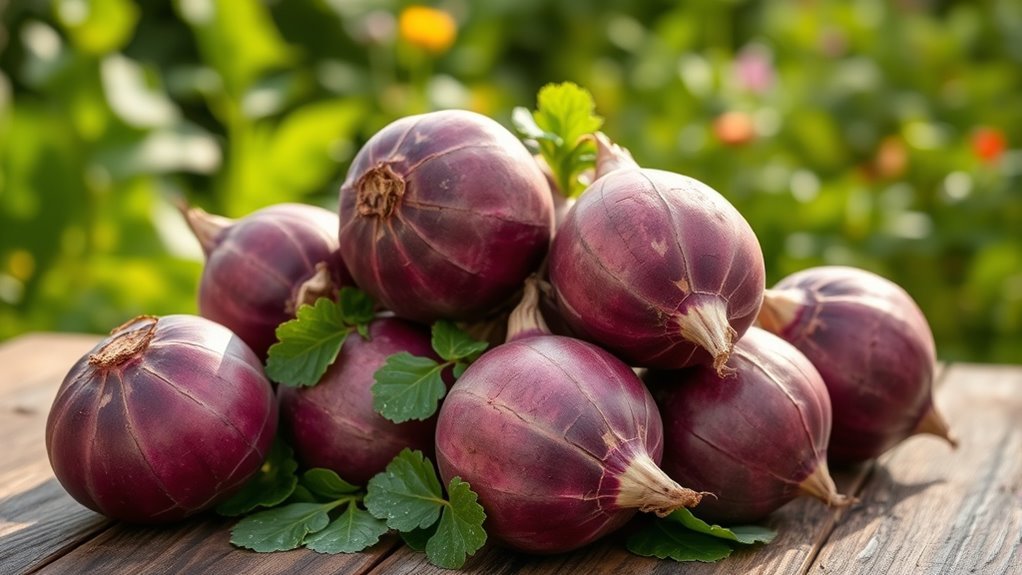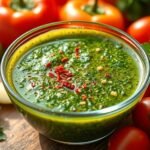Yes, rutabagas are keto-friendly! They contain about 8 grams of net carbs per 100 grams, making them a suitable option for low-carb diets. These nutritious veggies offer vitamins C and E, fiber, and essential minerals. You can include them in moderation while balancing your meals. Plus, there are various creative ways to cook and incorporate rutabagas into your diet. If you’re curious about more tips and recipes, there’s plenty more to explore!
Nutritional Profile of Rutabagas
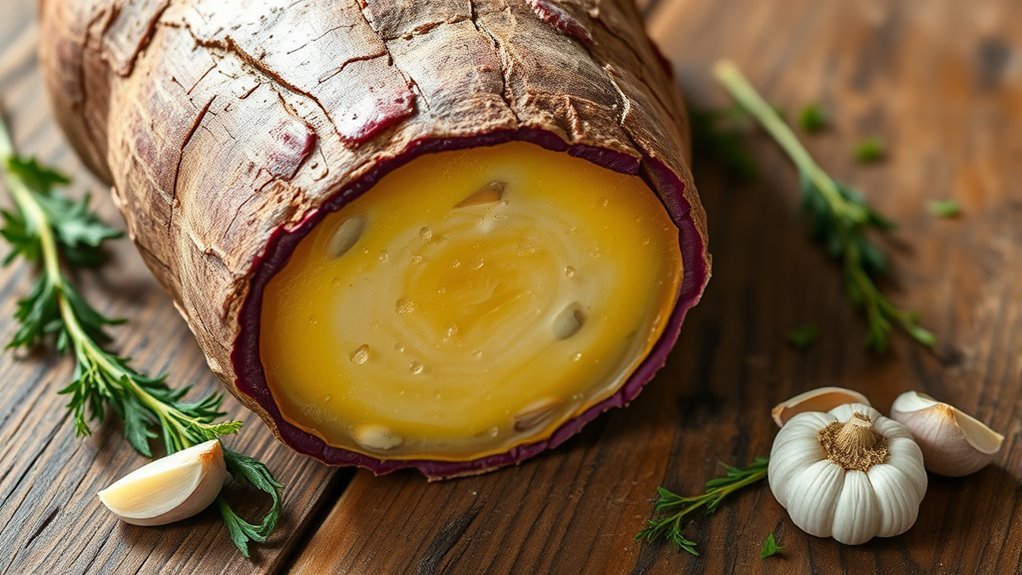
Rutabagas, often overlooked in the world of vegetables, pack a surprising nutritional punch. Originating from a cross between turnips and cabbage, these root vegetables come in various types, with yellow and purple-skinned varieties being the most common. Packed with vitamins C and E, rutabagas support immune health and skin health. They’re also rich in fiber, which aids digestion and promotes a feeling of fullness—perfect for those seeking freedom from unhealthy snacking. Additionally, rutabagas contain important minerals like potassium and magnesium, contributing to overall wellness. With their unique flavor and versatility, you can enjoy them in soups, stews, or roasted. Embracing rutabagas allows you to explore a nutritious option that might just become a staple in your kitchen.
Carb Content and Keto Compatibility
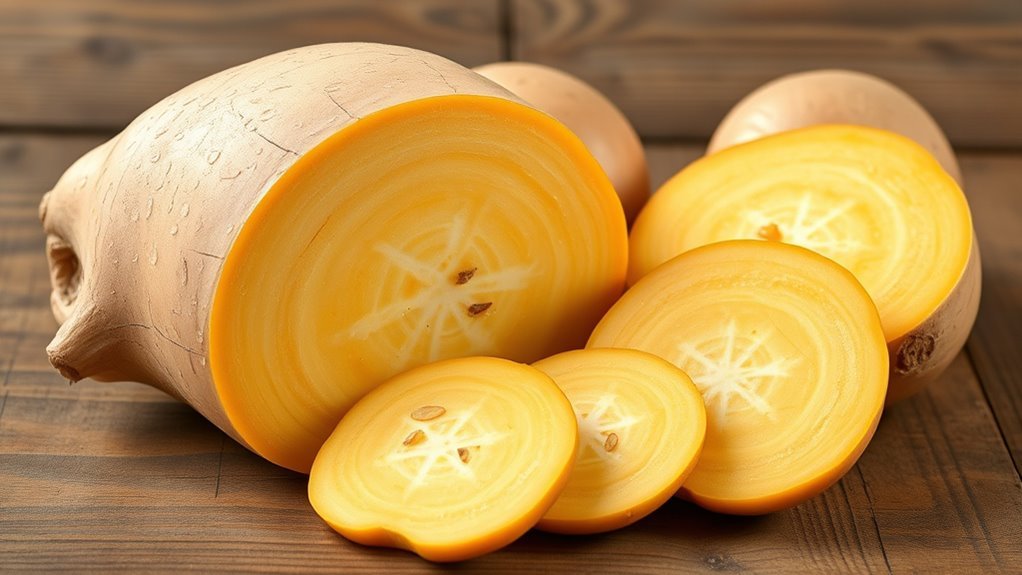
When considering vegetables for a ketogenic diet, understanding their carbohydrate content is essential. Rutabagas, while lower in carbs than some starchy vegetables, still contain about 8 grams of net carbs per 100 grams, which can add up quickly in your daily allowance. If you’re exploring different rutabaga varieties, remember that their carb content may vary slightly, so it’s wise to check nutritional labels. For those engaged in keto meal prep, incorporating smaller portions of rutabagas can add flavor and texture without derailing your carb goals. Balancing your meals with low-carb options alongside rutabagas can help maintain ketosis while enjoying a diverse diet. Always consider your total intake to stay aligned with your keto lifestyle.
Health Benefits of Rutabagas
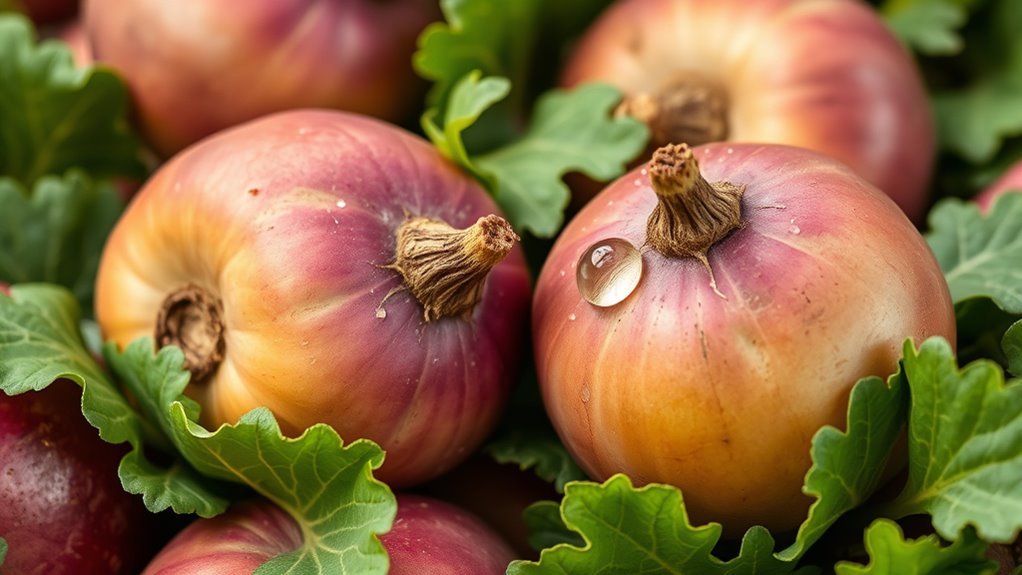
Rutabagas are packed with essential nutrients that can enhance your overall health. They contain antioxidants that help combat oxidative stress and may support your digestive health. Understanding these benefits can make rutabagas a valuable addition to your keto diet.
Nutrient Density Overview
Packed with essential nutrients, rutabagas offer a range of health benefits that make them a valuable addition to a balanced diet. They’re low in calories yet high in dietary fiber, which can enhance nutrient absorption and promote digestive health. Rutabagas are excellent vitamin sources, particularly vitamin C and several B vitamins, which play significant roles in energy metabolism and immune function. By incorporating rutabagas into your meals, you can diversify your nutrient intake while enjoying a tasty, versatile vegetable. Their robust flavor can complement various dishes, making it easy to enjoy their health benefits. Whether you’re on a keto diet or simply seeking nutritious options, rutabagas can support your journey toward better health and wellness.
Antioxidant Properties Explained
Although often overlooked, rutabagas are rich in antioxidants, which play an essential role in protecting your body against oxidative stress. These antioxidant benefits come from various phytochemical compounds found in rutabagas that can enhance your overall health. Here are three key advantages of incorporating rutabagas into your diet:
- Cell Protection: Antioxidants combat free radicals, reducing cell damage and lowering the risk of chronic diseases.
- Inflammation Reduction: The phytochemicals in rutabagas may help lessen inflammation, promoting better overall wellness.
- Immune Support: Antioxidants bolster your immune system, aiding in the body’s defense against infections and illnesses.
Digestive Health Benefits
Including rutabagas in your diet can also promote digestive health. These root vegetables boast a high fiber content, which aids in maintaining regular bowel movements and preventing constipation. Fiber is essential for a healthy digestive system, as it supports beneficial gut bacteria and fosters an ideal environment for digestion. Rutabagas also contain compounds that may enhance the production of digestive enzymes, further facilitating the breakdown of food. By incorporating rutabagas into your meals, you’re not just adding flavor; you’re also supporting your body’s natural processes. If you’re seeking to improve your digestion while enjoying a keto-friendly option, rutabagas could be an excellent addition to your diet. Embrace the freedom of choice while prioritizing your digestive well-being!
How to Prepare Rutabagas for Keto Meals
When you’re looking to incorporate rutabagas into your keto meals, the preparation process is key to maximizing their flavor and nutritional benefits. Here are some effective cooking techniques and flavor pairings to take into account:
- Roasting: Cut rutabagas into cubes, toss with olive oil, salt, and your favorite herbs, then roast at 400°F until golden and tender. This caramelizes their natural sugars, enhancing flavor.
- Mashing: Boil rutabagas until soft, then mash with butter and garlic. This creates a creamy, low-carb alternative to mashed potatoes.
- Stir-frying: Slice rutabagas thinly and stir-fry with vegetables and protein of choice. Add soy sauce or coconut aminos for an umami boost.
Rutabagas vs. Other Low-Carb Vegetables
While rutabagas are often overlooked in the low-carb vegetable category, they offer unique nutritional benefits that set them apart from other options like cauliflower or zucchini. Rutabaga varieties, such as the yellow and purple-skinned types, provide essential vitamins and minerals, including vitamin C and potassium. In vegetable comparisons, rutabagas contain about 7 grams of net carbs per cup, making them a viable choice for those following a keto diet. Unlike cauliflower, which is often used as a rice substitute, rutabagas can add a slightly sweet, earthy flavor to dishes. By incorporating rutabagas into your meals, you diversify your low-carb vegetable intake while enjoying these nutritional benefits, promoting a balanced approach to your keto lifestyle.
Creative Ways to Incorporate Rutabagas Into Your Diet
If you’re looking to add rutabagas to your keto diet, there are plenty of creative options. Consider substituting traditional mashed potatoes with a creamy rutabaga mash, or whip up a savory rutabaga hash for breakfast. These alternatives not only keep your carb count low but also introduce unique flavors and textures to your meals.
Rutabaga Mash Alternatives
Although rutabagas are often overlooked, they offer a versatile alternative to traditional mash, allowing you to incorporate them into your keto diet in creative ways. If you’re looking for rutabaga substitutes or variations, consider these options:
- Rutabaga and Cauliflower Mash: Blend cooked rutabagas with steamed cauliflower for a creamy, low-carb mash.
- Garlic-Infused Rutabaga Purée: Roast rutabagas with garlic, then purée for a flavorful side dish that complements meats beautifully.
- Rutabaga and Herb Mash: Combine boiled rutabagas with fresh herbs like rosemary or thyme for a fragrant twist.
These rutabaga variations not only enhance your meals but also provide essential nutrients, making them a brilliant addition to your keto-friendly lifestyle.
Rutabaga Hash Recipes
Rutabagas can be a delightful addition to your breakfast or brunch menu, especially when transformed into a hearty hash. To create a delicious rutabaga hash, start by peeling and dicing the rutabagas into small cubes. Sauté them in olive oil until they’re golden and crispy, about 10-15 minutes. You can enhance the flavor by adding onions, bell peppers, and garlic. For added nutrition, toss in some spinach or kale towards the end of cooking. If you’re looking for protein, consider adding diced bacon or cooked sausage. This crispy rutabaga hash is not only satisfying but also keto-friendly, making it a great option for those watching their carb intake. Enjoy this versatile dish as a side or main course!
Common Myths About Rutabagas and Keto
Wondering how rutabagas fit into a keto diet? You might’ve heard some myths that can cloud your judgment. Let’s do some myth debunking around rutabagas and keto misconceptions:
- High Carb Content: While rutabagas do contain carbs, they’re lower in carbs than many starchy vegetables, making them a reasonable option in moderation.
- Not Nutritious: Rutabagas are rich in vitamins and minerals. They provide fiber, which can aid digestion—important for any diet.
- All Root Vegetables Are Off-Limits: This is a common misconception. Many root vegetables can be included in a keto diet, especially when balanced with other low-carb foods.
Tips for Selecting and Storing Rutabagas
When you’re shopping for rutabagas, it’s essential to look for firm, unblemished ones that feel heavy for their size, as this indicates freshness. For selection tips, choose those with a smooth skin and avoid any with soft spots or blemishes. Once you’ve picked out the best rutabagas, proper storage methods come into play. Store them in a cool, dark place like a root cellar or your refrigerator’s crisper drawer. They can last several weeks when kept in a perforated plastic bag to maintain humidity. If you’ve cut them, wrap the pieces tightly in plastic wrap and use them within a few days for ideal taste and texture. Enjoy the freedom of incorporating these nutritious veggies into your meals!
Delicious Rutabaga Recipes for a Keto Lifestyle
After selecting and storing your rutabagas, you might be enthusiastic to explore how to incorporate them into your keto diet. These versatile veggies can enhance your meals while keeping carb counts low. Here are three delicious rutabaga recipes to try:
- Rutabaga Salads: Combine roasted rutabagas with arugula, avocado, and a lemon vinaigrette for a revitalizing dish packed with flavor and nutrients.
- Roasted Rutabagas: Toss rutabaga cubes with olive oil, garlic, and herbs before roasting them until golden brown. They make a perfect side dish.
- Rutabaga Mash: Boil and mash rutabagas with butter and cream to create a creamy alternative to traditional mashed potatoes.
These recipes not only fit a keto lifestyle but also offer a flavorful twist to your meals. Enjoy!
Frequently Asked Questions
Are Rutabagas Suitable for a Paleo Diet?
Yes, rutabagas are suitable for a paleo diet. For instance, if you’re looking for a hearty, nutritious meal, you could roast rutabagas with olive oil and herbs. This veggie provides paleo benefits like essential vitamins and minerals while being low in carbs. You can also make rutabaga mash or even use them in soups. Incorporating rutabaga recipes into your diet can enhance your meals while adhering to paleo principles. Enjoy the freedom of variety!
Can I Eat Rutabagas Raw?
Yes, you can eat rutabagas raw! One of the raw rutabaga benefits is that they retain their nutrients, providing a good source of vitamin C, fiber, and antioxidants. Rutabaga nutrition facts reveal that they’re low in calories and can aid digestion. Eating them raw in salads or as snacks can enhance your diet with fresh flavors and crunchy textures. Just remember to wash them thoroughly to enjoy their crispiness safely!
How Do Rutabagas Compare to Potatoes in Taste?
Rutabagas have a distinct, earthy flavor, while potatoes offer a milder taste. If you’re craving something robust, rutabagas deliver; if you prefer comfort, potatoes are your go-to. Regarding texture, rutabagas are denser and slightly fibrous, while potatoes are smooth and fluffy. Both can be versatile in dishes, but the choice depends on whether you want a hearty bite or a creamy mouthfeel. Each brings its own unique appeal to the table!
Are There Any Allergy Concerns With Rutabagas?
Rutabagas can cause allergy symptoms in some individuals, although they’re not among the most common allergens. As a root vegetable, they belong to the Brassica family, which includes other foods like cabbage and broccoli. If you’re allergic to these, you might want to approach rutabagas with caution. Always consult a healthcare professional if you suspect an allergy. It’s important to enjoy your meals while staying informed about potential food sensitivities.
What Is the Best Way to Store Cooked Rutabagas?
Storing cooked rutabagas is like preserving a treasure—you want to keep that flavor intact. After cooking, let them cool completely before placing them in airtight storage containers. Glass or high-quality plastic works best to maintain freshness. Refrigerate them, and they’ll stay good for about three to five days. If you want to store them longer, consider freezing to lock in their taste, ensuring your culinary efforts aren’t wasted.
